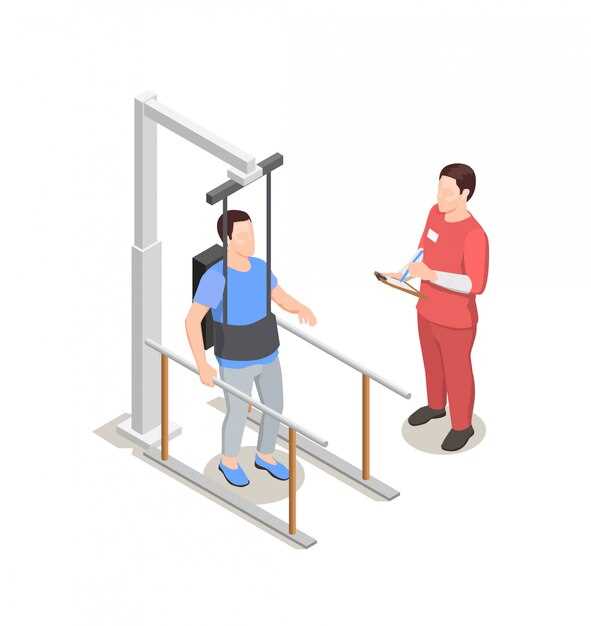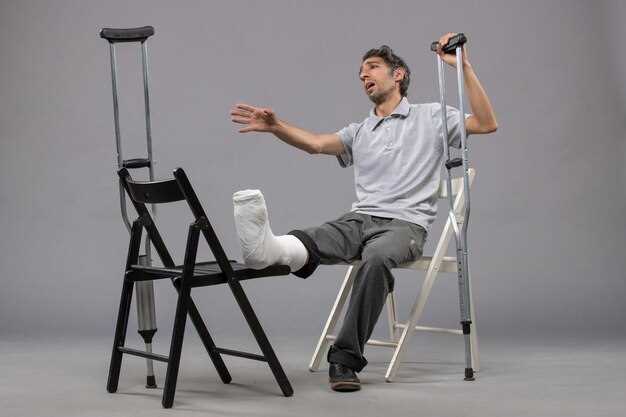
Your vehicle’s struts play a vital role in its suspension system, affecting both ride quality and handling. They are a key component that helps absorb road shocks and maintain tire contact with the ground, ensuring a smooth driving experience. Over time, struts can wear out due to various factors, including road conditions and driving habits. Recognizing the signs of worn struts is essential for maintaining vehicle safety and performance.
One of the most common indicators that your struts may need replacement is a noticeable decline in ride comfort. If you experience excessive bouncing after hitting bumps or feel every small imperfection in the road, it could indicate that your struts are no longer functioning properly. Additionally, uneven tire wear is another critical sign to keep an eye on. Worn struts can lead to misalignment, which can cause tires to wear unevenly, ultimately impacting your vehicle’s handling and safety.
In this article, we will explore the key symptoms of failing struts and provide a checklist for what to inspect. By being proactive and addressing these issues early, you can ensure that your vehicle remains safe and enjoyable to drive. Understanding when to replace your struts not only extends the life of your vehicle but also contributes to a smoother, safer ride.
Recognizing Symptoms of Worn Struts

Worn struts can significantly impact your vehicle’s handling, comfort, and safety. To maintain optimal performance, it’s crucial to recognize the symptoms of strut wear early. Here are the key signs to monitor:
1. Excessive Bouncing: If your car continues to bounce after hitting a bump, it may indicate worn struts. Ideally, the vehicle should settle quickly without excessive movement.
2. Uneven Tire Wear: Struts play a vital role in maintaining proper tire contact with the road. If you notice uneven or rapid tire wear patterns, this can be a direct result of worn struts affecting alignment and suspension geometry.
3. Deteriorated Handling: Worn struts may lead to poor handling characteristics. If you find your vehicle swaying, rolling, or feeling less stable during turns or lane changes, it could signal strut failure.
4. Increased Stopping Distance: Struts help keep your vehicle stable during braking. Worn struts can increase stopping distances due to reduced control, compromising safety.
5. Visible Fluid Leaks: Inspect for any oily residue on strut housings or around strut mounts. Fluid leaks indicate that the strut’s internal seals are compromised, leading to reduced performance.
6. Loud Noises: Listen for clunking or knocking sounds while driving over bumps or potholes. These noises often indicate issues with the strut assembly, such as worn or damaged components.
7. Steering Wheel Vibrations: If the steering wheel vibrates unusually while driving, it could be a sign that struts have lost their ability to dampen road imperfections effectively.
Regularly monitoring these symptoms can help ensure your vehicle remains safe and responsive. If you experience any of these signs, it’s essential to consult a qualified mechanic for a thorough inspection and potential strut replacement.
Performing a Visual Inspection for Strut Damage

Conducting a visual inspection of your vehicle’s struts is an essential step in identifying potential issues that may require replacement. This process can help detect early signs of damage, ensuring a safer driving experience.
Begin by parking the vehicle on a flat surface and securely raising it with jack stands. This provides access to the wheel well area for a thorough examination.
Check for Oil Leaks: Inspect the strut housing for any signs of fluid leakage. Struts are filled with oil to help dampen shocks and vibrations. If you notice a wet or oily residue, this indicates that the strut may be compromised and likely needs replacement.
Examine the Strut Mounts: Focus on the strut mounts at the top and bottom of the strut assembly. Look for any cracks, rust, or signs of wear. Damaged mounts can lead to poor performance and should be replaced along with the struts if necessary.
Inspect for Rust and Corrosion: Check the struts for rust or corrosion that could compromise their integrity. A significant amount of rust may suggest that the struts are nearing the end of their useful life and could fail soon. Pay close attention to any exposed metal parts.
Look for Dents or Deformations: Inspect the strut for physical damage such as dents, bends, or other deformities. Such issues can affect the strut’s ability to function properly, leading to a rougher ride and decreased safety.
Visualize the Coil Spring: The coil spring surrounding the strut should be intact without any cracks or breaks. A damaged coil spring can strain the strut and potentially cause it to fail prematurely.
Check for Abnormal Wear Patterns: Look at the tires for uneven wear, which may indicate suspension problems related to strut issues. If the struts are not functioning correctly, they can lead to uneven tire contact with the road, resulting in abnormal wear.
Performing this inspection regularly can help identify strut problems early on. Always consult a professional mechanic for a comprehensive evaluation if you suspect strut damage.
Assessing the Handling Performance of Your Vehicle
Evaluating the handling performance of your vehicle is crucial to ensure safety, comfort, and overall driving experience. Begin by performing a visual inspection of the struts and suspension components. Look for any visible damage, such as leaks, dents, or rust. If any signs of wear are present, further examination is necessary.
Conduct a test drive in various conditions. Pay attention to how the vehicle responds during acceleration, braking, and cornering. A well-functioning suspension should provide a smooth ride with minimal body roll when navigating turns. If the vehicle feels excessively bouncy, or if it sways significantly during sharp turns, this may indicate worn struts or shocks.
Evaluate the vehicle’s response to rough surfaces. Drive over potholes or uneven roads and notice how the vehicle absorbs impacts. A good suspension system will minimize jarring sensations, maintaining stability and comfort. If the vehicle feels excessively jarring or if you hear clunking noises, it may suggest that replacement is needed.
Check for nose-diving or swaying during braking. When applying the brakes, the front end should remain stable and should not dip significantly. Excessive nose-dive can indicate strut issues, which compromise braking efficiency. Additionally, monitor for any signs of uneven tire wear, which may result from improper alignment due to failing struts.
Finally, consider the steering response. A vehicle with effective struts will have precise and responsive steering. If you find that the steering feels loose or requires frequent corrections, this could be a sign of underlying suspension problems. Regular assessments of these handling characteristics can help identify strut wear before it leads to more serious safety concerns.




